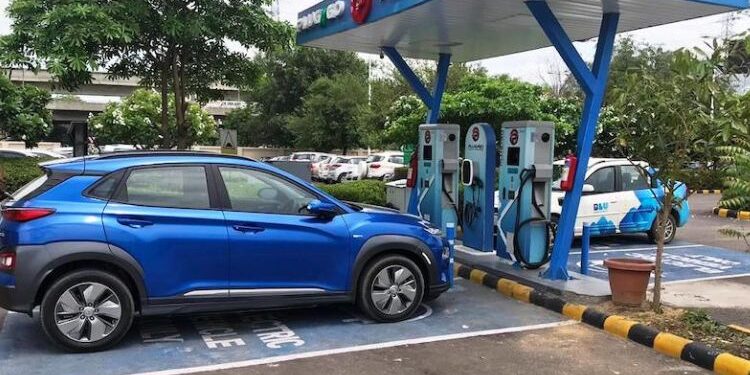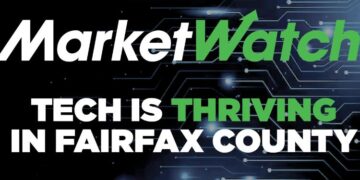Level 2 chargers plug into a 240-volt circuit and can add 30-60 miles of range per hour. They’re typically expensive, but you might qualify for provincial or municipal incentives to lower the installation cost. Many EV drivers choose smart chargers, which connect to the internet and enable features like virtual charge monitoring and personalized charging schedules. Some also feature integration with Amazon Alexa to start charging by voice command.
1. Zappi V2
Possibly the best EV charger on the market at the moment, it’s very popular among energy nerds. It’s cheaper than Jetcharge and EVSE’s offerings and it has advanced features that make it an excellent choice for anyone who wants to do their bit for the environment.
Zappi can charge at 7 kW on single phase, and 22 kW on three-phase (if your house is wired for it). It can also use the myenergi app to connect with your smart meters wirelessly so that you can see exactly what’s happening in your home. This includes seeing how much free electricity you’ve harvested from your solar panels. It also enables you to set energy quotas for your household and will pause charging if it thinks you’re going to overload your main fuse. It has several modes including Manual Boost which will charge at full power until your car hits the level you’ve set, then revert to ECO or ECO+ mode.
2. ChargePoint
As the largest charging network in North America and Canada, ChargePoint provides a variety of options for residential and commercial use. Their best electric car charging station have a wide range of features and can be integrated with your existing smart home devices to provide an added level of convenience. The Home Flex residential charging station also integrates with Amazon Echo, allowing you to tell Alexa to start your car’s charger at a specific time each evening. This is a great feature for busy homes that don’t always remember to plug in their electric cars, and can save you the hassle of having to do it yourself.
The ChargePoint system is easy to install and offers a number of different pricing plans for installation. It also allows the property owner where the charger is installed to set rates, which can be a great way to attract customers. One downside is that the ChargePoint network doesn’t yet have many Level 3 DC fast chargers, so it might not be the best choice for drivers who spend a lot of time on the road.
3. Lectron
The Lectron EV charger is a powerful 48 amp Level 2 charger that plugs into a NEMA 14-50 outlet or can be hardwired. It can charge your EV 6 times faster than a standard outlet and features an extra-long 20ft cable to provide convenient charging. It’s also dustproof and protected against high-pressure water jets, making it ideal for indoor and outdoor use.
While not a smart charger that connects to your home Wi-Fi or gives you the ability to track charging data, it does have a built-in LCD screen that displays voltage, current, charge time and energy (kilowatt hours). It’s also relatively cheap, allowing you to afford a more powerful 240V model than many of the other options on this list. However, it’s important to note that the kilowatt-hour readout resets each time you plug in your EV, so if you want to monitor your charges more precisely, one of the smart units is a better choice.
4. JuiceBox
The JuiceBox is a 40-amp home EV charging station that comes with tons of digital functionality. It works with Amazon Alexa and Google Assistant, offers a range of utility demand response features that can help you save on electricity costs, and lets you create personalized charging schedules. It also has an app that displays a wealth of electrical data about each charging session, including the kilowatt hours added and CO2 saved. The unit is UL listed and ENERGY STAR-certified and can be used indoors or out.
Like the ChargePoint Flex, JuiceBox is a wall-mounted charging station that plugs into a standard outlet. It has a neat, sleek design that takes up very little space. However, it is heavier than the ChargePoint Flex and requires a more expensive professional installation to hardwire it into a dedicated breaker box. Despite this, we still give it high marks for its smart capabilities and excellent customer support. It also qualifies for federal and state EV incentives.
Final Word
Many are Wi-Fi connected, which may help EV drivers with time-of-use metering to maximize energy savings. These chargers are part of public networks and charge on a pay-as-you-go or subscription basis. Some have DC fast charging, which can add miles to your electric car’s range in less than an hour.













